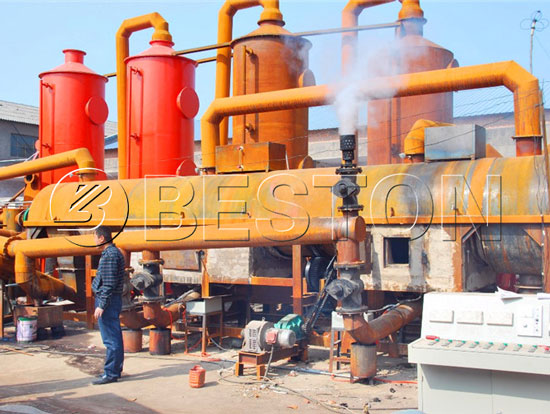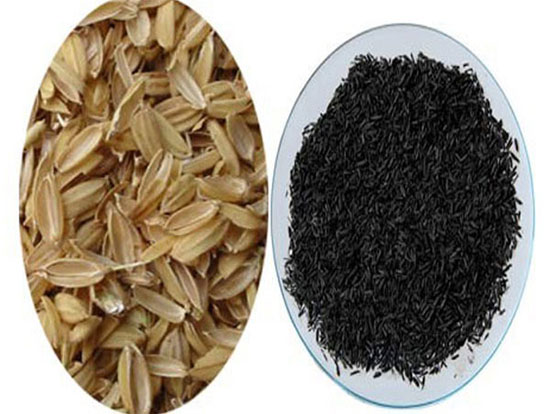How To Produce Carbonized Rice Hull
Rice husks, also called rice hulls, are the outer layers of rice that are removed from the rice grain during the milling process. This unwanted by-product is usually burnt or disposed of in open fields directly. Agricultural researcher has found that the rice husks have properties beneficial to the growth and cultivation of plants and devised a way of putting these husks to better use through a high temperature carbonization process (equipo de producción de carbón vegetal).

How To Carbonized Rice Hull
Rice husk carbonization is the process of partial or incomplete burning of the rice husk to produce CRH or rice husk biochar which is bulky and porous with intact, uniform black particles. It contains potassium, phosphorous, magnesium, calcium, and micronutrients that are vital for growing crops. Because it is sterilized during the charcoal making machine process (equipo de carbonización), it is free from disease and harmful organisms. Carbonized rice husk is beneficial for the improvement of biomass production and are full of nutrients that help plants grow faster.
CRH Uses
CRH has many uses for industrial and agricultural purposes and recently discovered medicinal and home use. It is a good source of organic fertilizer when mixed with other organic materials and is an excellent soil conditioner that replenishes nutrients and microelements lost to continual cropping. It can also improve the structure of soil by increasing its density and water-holding capacity as well as aeration. Activated carbon from CRH acts as a water purifier for household and drinking water. It is effective as a waste water filter in treating waste water for recycling purposes. As a natural habitat for beneficial micro-organisms, it facilitates composting. The natural black color of CRH absorbs and retains heat from the sun which forces snails to come out into the open, making rice picking easier and faster. Activated carbon in CRH deodorizes bad smells in the air or in the refrigerator. However, Beston carboniztion furnace for charcoal runs under the fully sealed condition, and moreover, the machine has been also equipped with the spay dedusting system. therefore, Beston charcoal making machine for sale belongs to eco-friendly project.

Materials need for making CRH are:
- – Rice hulls
- – Open-type carbonizer
- – Oil drums
- – Long-handled spade
- – Fire lighters
- – Dried wood chips or recycled paper
- – Sprinkler
- – Groundsheet for base
Carbonized rice husk (máquina de carbón de cáscara de arroz) on a dry, clean and level cemented area away from trees and buildings. Process either early in the morning or late afternoon. Make a fire using dried leaves, wood or newspapers and cover with an open-type carbonizer. Add fresh rice hulls. Place enough rice husks around the carbonizer until it reaches 1 meter high or up to the chimney to maximize effort and burning time. Keep water in a drum nearby to avoid the surface from burning. After 20 – 30 minutes of burning, move the bottom hulls to the top of the mound using protective clothing like boots and a mask. Once the mound has turned completely black transfer the CRH to a 200-liter oil drum and lightly sprinkle with water using a sprayer or sprinkler with a fine nozzle to lower the temperature and extinguish the fire. Avoid over-burning as the rice hulls will turn to ash.
Allow the CRH to cool off completely until the following day when it can be bagged, sealed and stored in a dry place. Export quality renewable energy has uniform intact black particles with no un-burnt yellow hulls or gray ash. More: https://www.bestongroup.com/es/palm-kernel-shell-charcoal-machine/.
